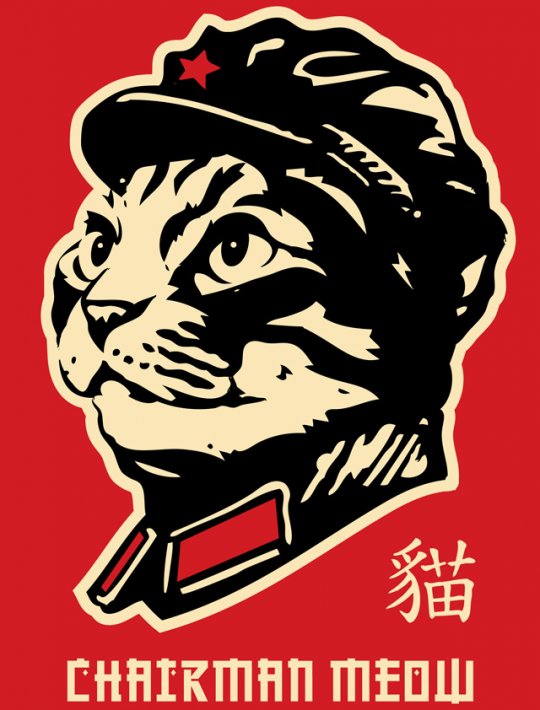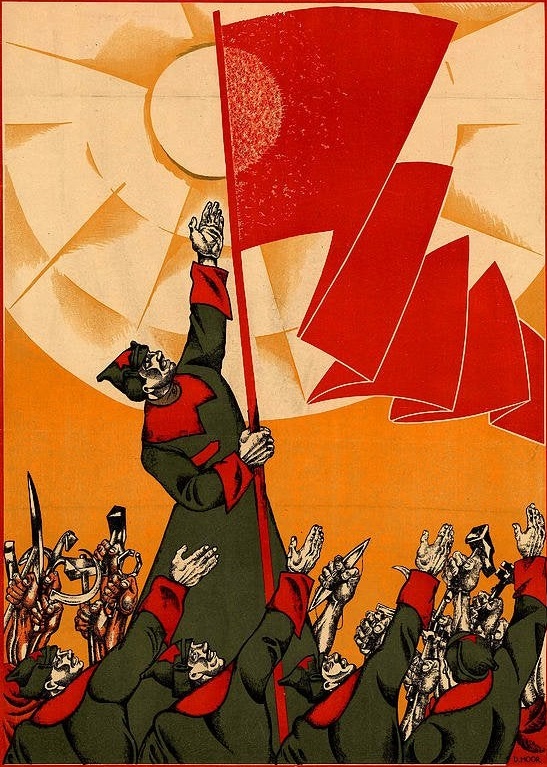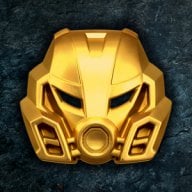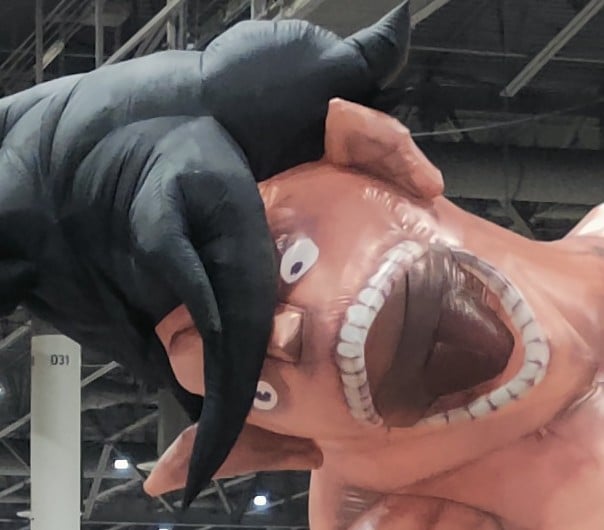Have you seen those warriors from Hammerfell? They’ve got curved swords.
Curved! Swords!
BIG. Curved penises.
Damn, I want to go back and replay it now
While you were out there whacking your straight stick, I spent years studying the blade…
Katana snaps in half after first swing
The whole “Japanese steel was really weak” thing is as much of a myth as the whole “katanas are super powerful superior weapons” thing.
They’re all just swords, and don’t make that much of a difference either way.
Katana’s are weak on the flat side. They aren’t really meant to be used for parrying. In fact, most sword fights in Japan would be over after the first or second swing. It was commonplace to hold the grip of a katana but not draw it in such a way so that your enemy has trouble judging how long your katana is and what is a safe distance to be from you. Once your opponent is in range, draw it quickly and kill them in one blow, ideally.
The act of killing your opponent in a single blow is called “nukitsuke” from “nukiuchi” meaning “to cut down an opponent” and “tsuke” meaning “to stop an opponent’s attack before it begins”.
The Sekiro and popular media image of extended katana fights didn’t really happen, but if they did, there would almost certainly be some broken katanas.
I promise you, in the real world, fights were just as much of a shield shoving match while trying to slash your opponents ankle as they were in Europe.
The idea of a one-on-one sword fight decided by individual skill is much more of a romantic idea.just as much of a shield shoving match while trying to slash your opponents ankle as they were in Europe
lolwut? Try that leg-targetting shit with a HEMA fighter and see how fast you’ll bleed out.
HEMA is not combat. It’s tournament fighting. In combat you’ve got a thousand spearmen on either side looking to stick you with a sharp stick wherever they can.
I imagine it like a hockey match where when a stick breaks they just go get another one and continue on like nothing happened
According to the dictionary, 抜き打ちnukiuchi and 抜き付けnukitsuke sound like synonyms. I’m a little confused.
I guess with uchi (to strike down) vs tsuke (to put, attach, etc) one sounds more like the result and the action but it’s weird that the definitions from Jisho.org aren’t too explicit.
I think because “nukiuchi” would be pronounced like “NOO-KEE-OO-CHEE” and “nukitsuke” would be pronounced like “NOO-KEE-SOO-KEE” so kind of similar. I dunno though!
According to whom?
The reason why Japanese iron is inferior is because of the source of the iron itself, they utilized iron sand instead of rock ore. Rock ore can be made up to 90% ferrous material while the iron sand contains as little as 2%.
This means when you smelt your source material into blooms of iron and slag, the blooms made from sand iron were much smaller. Instead of utilizing a single bloom to make a sword, the Japanese had to work several blooms together. Which is much more labour intensive, and can lead to a lot of imperfections in the final product.
This is why katanas were made out of so little material, and had to be handled with care. They were much more fragile pieces than similar swords made in Korea and China at the time.
Plus, the Japanese developed their iron working much later than their mainland contemporaries, as they never independently invented furnace technology. The technology for furnaces was imported, most likely from the Korean peninsula.
There’s also smelting. Japan didn’t have the technology to completely melt iron, which complicates things.
What century of katana are you speaking about? Many katana were used with modern metallurgy technology and imported steel. Do you think modern Japanese created cars are also made from steel refined from sand? Do you think the guns Japanese Samurai used were made from steel refined from sand?
Lol, my dude. No one is claiming that modern japanese steel is of poor quality.
Im speaking of the time period contemporary with the accusation. You know, how arguments typically work…
Do you think the guns Japanese Samurai used were made from steel refined from sand?
Just pointing out this one because it’s funny. Yes, a lot of the early firearms made in Japan were still made from iron sand (Satetsu). Which was the main source of iron in Japan until the 16th century.
There was nothing inherently low quality about using iron sand anyway. Impurities were carried away by slag and the iron in the sand was easily recovered using washing and later electromagnetism. Imports were used as demand increased.
You are conflating the elemental molecule of iron with the finished product of an alloy of carbonized iron aka as steel.
Yes, there isn’t a molecular difference between the iron found in sand vs the iron found in rock ore. However, the medium in which you harvest your iron and how you’re able to heat that iron, dictates the quality not your final product.
The truth is that the steel made from Iron Sand was not lower quality than the Steel made from other sources of Iron.
deleted by creator
Yeah they’re a bit better at slashing whilst a straight sword is slightly better at thrusting. Typically a curved sword is a bit better whilst on horseback or whilst fighting unarmoured or lightly armoured opponents and straight blades are a bit better whilst fighting one-on-one and against somewhat more armoured opponents.
But these are slight differences and sword styles are also varied in each region, so the Japanese did develop swords which were more adapted to thrusting with reinforced tips and Europeans did develop swords which were more effective at slashing.
I think some people obsess over what swords are the best and the worst. In reality the style of sword was unlikely to be the major deciding factor in a one on one fight. The amount and quality of armour and the skill and capacity (Size and strength) of the fighters themselves are much bigger factors.
Yeah, Japanese steel wasn’t great, but they were working with what they had available at the time. Katanas were basically made out of iron dust, which had been melted into slag by filtering through charcoal. The resulting chunks of steel were basically straight up slag, not nice even ingots. So the steel they got was actually extremely high carbon in places, but that also meant it was brittle as hell, because those carbon pockets were prone to shattering.
So the folding was invented, to even out the steel’s carbon content (just like how a Damascus steel blade has visible stripes, Japanese steel had invisible stripes of high and low carbon steel) and to lower the carbon content overall; Every time you heat for another fold, you’re evaporating some carbon. So the folding process took the steel from extremely high carbon pockets to a more evenly distributed carbon content.
Now that modern steel processing exists, the only real reason to stick to the folding method is tradition. There’s no need to fold modern steel ingots because they’re already homogenous and can be produced at whatever carbon level you want.
Impurities are melted into slag. Not the iron. That’s what slag is.
Now that modern steel processing exists, the only real reason to stick to the folding method is tradition.
And looks. Those folding create a wavy pattern on the blade which is desirable feature for collector.
If you’re referring to the wavy pattern along the cutting edge, that’s not from the folding process. The hamon is added to the blade during the quenching process, by adding clay to the steel. The clay causes the covered steel to heat differently than the uncovered steel. That differential heating is what is visible as the hamon.
It’s largely decorative, but does have function as it determines what part of the blade can be sharpened to an edge.
There is still benefit to hot forging the steel to refine and align the microstructure, but it doesn’t have to be many folds.
So i actually saw a video about this recently. Apparently since japan didnt have like any obvious sources to mine iron ore they had to take a bit of an unorthodox approach and collect iron rich sand from streams and waterways. This Iron was more pure than typical Ore but much harder to work with, and form into tools. So their techniques developed differently. Obviously its all the same elements in use at the end of the day. There is a bit of a difference in the way its worked though, and because of that if not made properly the blades can break kind of easily, and when made with proper technique can also be really strong and high quality. So ya basically its both and neither at the same time. Other places also have cheap blades and really nice ones. Just japan gets hyper focused on by certain groups of people.
Also a western sword is an entirely different weapon. Like we see them all as swords but a Katana is something most people can easily pick up while a western sword was like the size of a grown man and very heavy. Because of this western swords just didnt need to be that sharp. The power behind the swing was enough to cut even with a dullish blade. A Katana was more focused on sharpness since its much smaller and didnt have as much weight behind its swings.
In general tho even in japan spears, bows, etc were much more widely used in ancient warfare anyway lol. Swords just became like an iconic thing due to fantasy.
while a western sword was like the size of a grown man and very heavy. Because of this western swords just didnt need to be that sharp.
I’m afraid these are both wrong. For a start, there’s no one Western sword. There’s not even, like, one sword used by professional soldiers from 15th century Germany. Some of them were going around with zweihänders (literally “two-hander”), which were straight blades and really could be 2m long and 4kg, while others at the same time were using the messer (literally “knife”), which is curved, half the length, and a quarter of the weight.
They were also absolutely kept sharp. There was little point in maintaining an absolutely razor-sharp edge because that’ll just get damaged, but if it’s not sharp enough to effectively cut stuff then you wasted a whole bunch of your money buying a really ineffective hammer. And you absolutely would have just used a hammer if that was what you wanted.
There were techniques for using swords as bludgeoning weapons, but these evolved as methods to counter increasingly effective armour, not because the swords weren’t effective cutting tools. Holding the blade of the sword and using the crossguard as a hammer is one of the better-known examples of this. But that’s something you do if you do not actually have a hammer with you and nonetheless need to fight a guy wearing plate armour. If you’re carving through the four hundred peasants he brought with him, you want to cut stuff. Even against the guy in armour, rather than bludgeoning it you might prefer to hold your sword with one hand on the hilt and one halfway up the blade so that you can effectively direct the tip into the tiny gaps in the armour, at which point sharpness is very important again.
European cultures absolutely did have refined martial arts for wielding swords. We just didn’t put much effort into to preserving them once guns replaced the swords.
The Japanese used western imported iron a lot, as well as western imported guns.
It’s difficult to get historic figures for this, but in the early 20th century anywhere between 70-90 percent of iron ore used in Japan was imported, and even almost 100% in some years. There’s highly likely to be history to this importing going back a long while. https://d-arch.ide.go.jp/je_archive/english/society/wp_je_unu33.html
Tamahagane steel, the stuff produced from sand, was likely much more popular for ceremonial blades whereas imported steel for blades meant for actual combat. This means the historic examples we have left are more likely to be Tamahagane steel, but if a western swordsman and a Japanese swordsmen were in a position to fight, both would likely be using steel of a similar quality as they would both be using steel from similar places.
One thing to remember is that the empires at the time were very competitive and if Japan was fighting with one of the imperial powers, you can be damn well sure a rival imperial power is supplying Japan with the best equipment to fight back.
Both Europe and Japan had lots of different types of sword, ranging from short to long and light to heavy. You should compare like for like.
Both Europe and Japan used weapons both in warfare and ceremonially.
Sword but very curved and yet not very famous
 (Ethiopian shotel)
(Ethiopian shotel)Pretty famous among FromSoft fans.
Dex build rejoice
Well i’m not one of them.
Just how long is that? I struggle to calculate it from what I see.
Blade is around 1 meter long.
That looks way longer
It do looks longer than it is because of proportions. It’s very thin and the handle is pretty short compared to European blades because the blade is also very light so it don’t need much counterweight.
Probably the round thing (a shield?) fooled us both. For me it looked like a two-hander.
This looks more like a scythe that doubles as a weapon to me
It was probably inspired by Egyptian khopesh since it was used in Ethiopia even before the kingdom of Axum. Thing is, the blade is sharp on both sides. So you could either use its inner side as big sickle to reach around enemy shield and try for the weak spots like neck, face or armpits, or if the enemy didn’t had a shield you could turn it to outer side and in this case it was similar to Persian shamshir in being excellent weapon against unarmored opponents.
Two more interesting thing about it was 1: the designs varies greatly, most were shorter and wider, the curvature also varied; and 2: it apparently worked quite well considering it has been in use for possibly over 2500 years and some Ethiopian emperors even organised special elite units wielding it.
Isn’t a khopesh sharp on the other side of the curve from a shotel, though? It seems like sharpening the inside was the big innovation that makes shotels distinctive
Yes, it was upgrade of khopesh.
“What does Katana mean?”
“It means Japanese sword”
- Samurai Cop
Fucking legendary
Hey, have you seen those Japanese? They have curved swords. Curved… Swords…!
Persians absolutely malding right now.
Psst… hail Sithis.
Real swords have curves 😤
Well it’s no 1896 pattern light cavalry saber…
InFeRiOr ErOpEaN WeApOnS!1
deleted by creator
I’ve been watching a japanese sword master on YT demonstrating moves. It’s very interesting how they decide when they pull it out which side of the curve they lead with, a choice they make in a split second, and the different attacks each method would have. Even European swords weren’t just sharp hammers, they had practical moves and defenses lost in the movies.
most members of the warrior class were little more than brutish thugs. A handful would have taken the strategy of individual combat seriously and they would have done quite well.
The majority of the people they were fighting were lightly armored at best and they could get away with just swinging the sharp end at the unfortunate peasant conscripted to try to stop them.
There are plenty of examples of knights and samurai alike, falling for just the most obvious trap you could imagine. Templars charging in to open gates, samurai rushing to duel a guy who insulted them, in both cases blood drunk and stupid, children of privilege and in armor by accident of birth.
The Last Duel is a decent example of what happens when guys like that and up fighting each other.
We tend to have a romantic view of the past, but we have a great Instagram filter between us and then. Reality is ugly and violent. Few people are artists, even fewer are talented artists. This is true whether they’re painting or drawing blood.
I mean… That still works. In Iraq the US Army routinely ran bait ambushes in areas AQ was known to operate. Oh look a single vehicle and they’re waving beer bottles around. That’s not a trap at all… Meanwhile there’s an entire infantry platoon traveling dark and silent just out of the light behind them.
Hit us with a link my man
I worked with a super nice weird guy. He was always bringing in his 3d printed warhammer sets to the shop. Respect. One day he was talking about his sword. I was like, did you buy the sword in a mall? And he said yes, he bought it in a mall. I should have let it go. Anyways I am not friends with that guy.
The same guy would write a five-page essay about how much similar curved swords like scimitars and sabres suck, and might actually die if he is shown a khopesh or a shotel.
To be fair it is sharp enough to cut through atoms and space time destroying the fabric of reality allowing you to turn back time to the Big Bang and reshape the universe in your image.
are you trying to imply something about my boy shashka?

How about make it straight for a bit, then it do a little back curve near the end?
Japanese soft power funded by US is doing its job
Althoigh this sword\katana discourse is all known at that point, I can’t help myself but adding rapier at the western side to spice things up.
Would rapier\katana comparison work better?
Rapiers are a tad more modern, but there is a parallel in how they were a bit of a status symbol and often used for less “normal warfare” scenarios.













